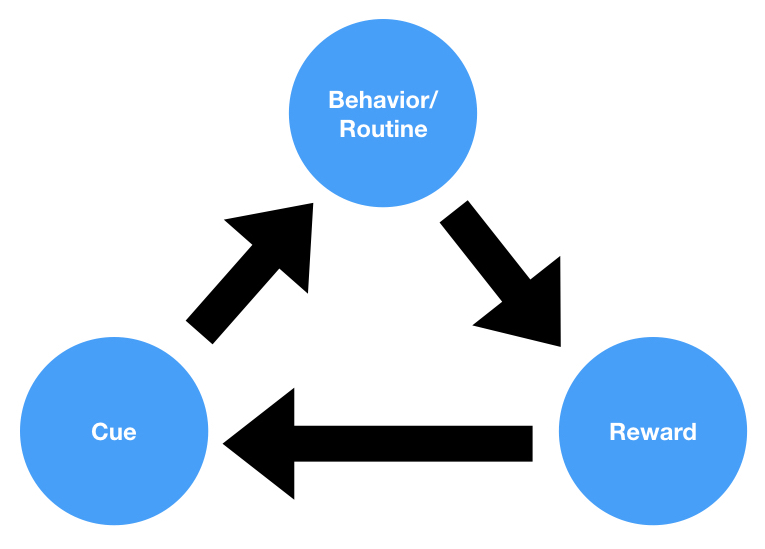What is the Visual Cortex?
The visual cortex is the part of the brain’s occipital lobe responsible for processing visual information received from the eyes. It is divided into several interconnected areas that work together to interpret various aspects of visual stimuli, such as color, shape, motion, and depth. The primary visual cortex (V1) is the first cortical region to receive visual input, while subsequent areas (V2, V3, V4, V5) are responsible for higher-order visual processing.
Functions
-
Processing Visual Information
The visual cortex processes and interprets visual information from the retina, including features such as shape, size, color, and texture. This information is then integrated to form coherent images and scenes, allowing us to recognize objects, faces, and other elements in our environment.
-
Motion Perception
The visual cortex is responsible for detecting and interpreting motion in the visual field. Area V5, also known as the middle temporal area (MT), is particularly involved in motion perception, processing the speed and direction of moving objects.
-
Depth Perception
The visual cortex contributes to depth perception by processing binocular cues, such as disparity between the images seen by each eye, and monocular cues, such as shading and perspective. This allows us to perceive three-dimensional depth in our visual environment.
Associated Disorders
-
Cortical Blindness
Cortical blindness is a rare condition that occurs when the visual cortex is damaged, leading to a loss of vision despite the eyes and optic nerves being intact. Individuals with cortical blindness are unable to perceive visual stimuli but may still exhibit reflexive responses to light, such as pupil constriction.
-
Visual Agnosia
Visual agnosia is a neurological disorder characterized by an inability to recognize familiar objects, faces, or shapes, despite having intact vision. This condition results from damage to the visual cortex or its associated pathways, affecting higher-order visual processing.
Summary
The visual cortex is a critical part of the brain responsible for processing and interpreting visual information from the eyes. It is involved in various aspects of visual perception, such as object recognition, motion perception, and depth perception. Damage to the visual cortex can lead to disorders like cortical blindness and visual agnosia, significantly impacting an individual’s ability to perceive and interact with their environment.




